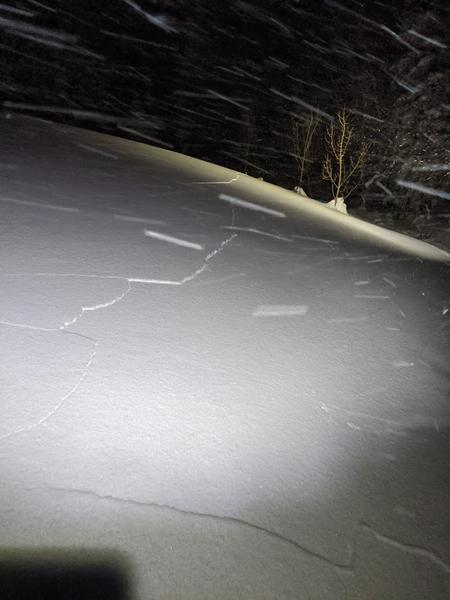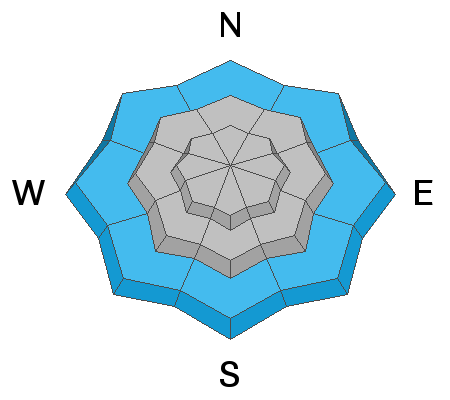Forecast for the Provo Area Mountains

Issued by Greg Gagne on
Friday morning, February 7, 2020
Friday morning, February 7, 2020
The UAC has issued an AVALANCHE WARNING for the Provo mountains. The avalanche hazard is HIGH at the mid and upper elevations, and CONSIDERABLE at low elevations, where strong winds and heavy snowfall have created dangerous avalanche conditions. Wet avalanches are also possible at the lower elevations.
Avoid being on or underneath slopes any steeper than 30 degrees, and avoid avalanche runout zones. Travel in avalanche terrain is NOT recommended.
For those traveling north, the avalanche hazard is especially acute in Little Cottonwood Canyon, where the hazard may be reaching EXTREME.

Low
Moderate
Considerable
High
Extreme
Learn how to read the forecast here










